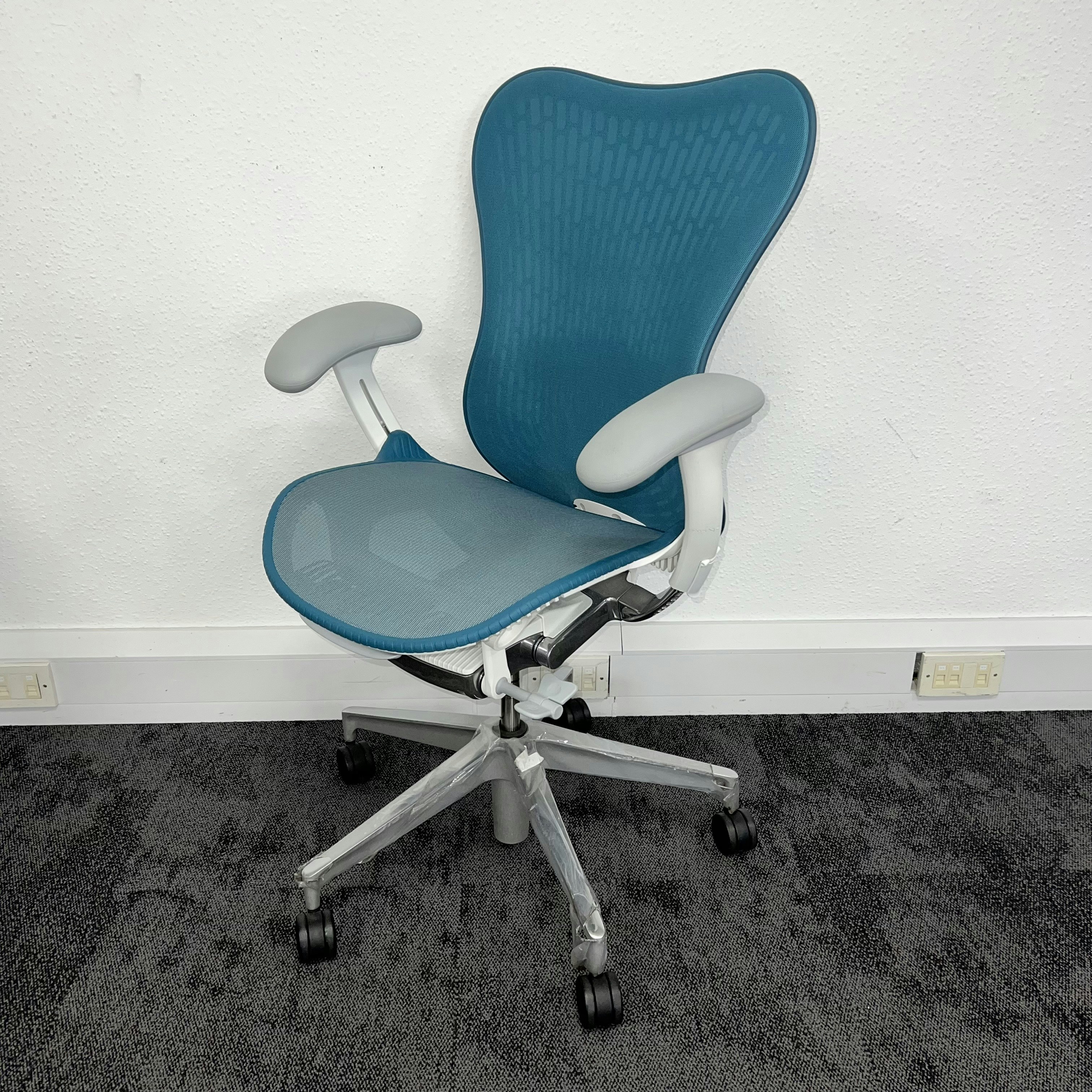Understanding the Health Implications of Sitting
Prolonged sitting has increasingly been recognized as a significant health concern, particularly in modern lifestyles that often involve extended periods in front of a computer or at a desk. The implications of this sedentary behavior can be multifaceted, affecting various aspects of physical and mental well-being. Among the most common issues associated with prolonged sitting are back pain, poor circulation, and musculoskeletal disorders. These conditions frequently arise due to poor posture, which can occur when the body is not adequately supported during sitting.
Poor posture, characterized by slumping or sitting at awkward angles, can lead to increased strain on the spinal column, resulting in discomfort and chronic pain over time. Moreover, inadequate seating can inhibit optimal blood circulation, potentially leading to additional complications such as deep vein thrombosis (DVT) and other cardiovascular issues. Thus, understanding the significance of posture while seated is crucial for maintaining overall health.
Selecting the right chair is a fundamental step towards achieving better posture and improving health outcomes. A well-designed plastic chair can enhance body support, particularly if it features ergonomic attributes that promote proper alignment and reduce pressure points. Ergonomics plays a vital role in chair design, focusing on how the shape, height, and structure of the chair can cater to the body’s natural curves. Chairs that allow for adjustability in height and provide lumbar support can significantly improve sitting posture, enabling individuals to maintain a neutral spine while seated.
Additionally, chairs designed with features like contoured seating can help distribute body weight evenly, reducing the risk of discomfort and enabling longer periods of sitting without adverse effects. By prioritizing ergonomics when choosing a plastic chair, individuals can foster healthier sitting habits that contribute positively to their overall well-being.
Choosing the Right Plastic Chair
When selecting a plastic chair that promotes healthy sitting, it is essential to consider several key features that can significantly enhance comfort and posture. One of the primary aspects to look for is lumbar support. A chair designed with built-in lumbar support encourages the natural curve of the spine, reducing the risk of back pain and enhancing overall comfort during prolonged sitting periods. This support is particularly important for individuals who spend long hours at a desk or engaged in other sedentary activities.
Another important factor is the seat height of the chair. The right seat height allows for proper foot positioning, enabling individuals to keep their feet flat on the ground, which contributes to better posture and reduced strain on the legs and hips. A chair that offers adjustable height options can cater to a wider range of body types and personal preferences, ensuring that users can find the most comfortable and supportive position. Furthermore, material flexibility should not be overlooked; a chair with a slight give can conform to the body’s shape, adding an additional layer of comfort during use.
Ergonomic designs in plastic chairs have gained popularity due to their ability to mitigate discomfort and promote healthy sitting habits. Chairs that feature contoured seating and adjustable components allow individuals to customize their sitting experience, leading to better posture and reduced fatigue. To ensure that the chosen chair effectively meets individual needs, it is advisable to physically test the chair before purchasing. This involves sitting in the chair for a short duration and assessing its comfort level, lumbar support, and overall fit. By carefully evaluating these aspects, one can select a plastic chair that significantly enhances comfort and promotes better health during sitting.
Proper Sitting Posture on a Plastic Chair
Establishing a proper sitting posture on a plastic chair is essential for promoting overall health and reducing the risk of musculoskeletal disorders. The first step to achieving an ideal seating position is to ensure that the chair is appropriately adjusted to your height. Your feet should rest flat on the floor or on a footrest, which helps maintain stability and proper alignment. When seated, look for a chair height that allows your knees to remain at a 90-degree angle, aligning them with your hips.
Next, focus on the alignment of your spine. It is crucial to sit back in the chair so that your back is fully supported. Ideally, your lower back should have sufficient lumbar support, which can be enhanced by using a cushion or support specifically designed for that purpose. This will help maintain the natural curvature of the spine and prevent slouching, which can lead to discomfort over time. Your shoulders should be relaxed, and arms should rest comfortably on the armrests or next to your body.
Additionally, weight distribution is key to achieving a comfortable sitting posture. Make sure to distribute your weight evenly across both hips to avoid putting excessive pressure on one side of your body. This balance not only enhances comfort but also aids in proper circulation. To further enhance comfort, consider using a seat cushion that promotes better alignment or alleviates pressure points.
Finally, remember to take regular breaks. Even with correct posture, sitting for extended periods can be detrimental to your health. Stand up, stretch, and adjust your sitting position periodically to ensure that you remain comfortable and reduce strain on your body. By following these guidelines, you can sit correctly on a plastic chair and promote better overall health.
Alternatives to Prolonged Sitting: Staying Active
In today’s modern work environment, prolonged sitting has become commonplace, often resulting in numerous health concerns. To combat these issues, it is essential to incorporate movement breaks and alternative sitting solutions into our daily routines. One effective strategy is the use of standing desks, which allow individuals to alternate between sitting and standing throughout the day. This approach not only reduces the time spent in a seated position but also encourages better posture and promotes circulation.
Taking regular breaks every hour can also foster a more active lifestyle. Simply standing up, stretching, or walking around for a few minutes can significantly alleviate the physical strain associated with prolonged sitting. Engaging in stretching exercises, such as neck rolls, shoulder shrugs, and back twists, can help loosen tight muscles and improve overall mobility. These brief intermissions serve to refresh the mind while also enhancing physical well-being.
In addition to these strategies, it is advisable to integrate physical activity into everyday tasks. For instance, opting for stairs instead of elevators or scheduling walking meetings can contribute to increased movement throughout the day. Those who work from home can incorporate household chores, such as vacuuming or gardening, as ways to stay active. By integrating such practices into work or home life, individuals can significantly enhance their overall health and well-being even while using plastic chairs.
By recognizing the importance of movement, we can effectively combat the adverse effects of extended sitting. It is vital to find a balance between productivity and health, thereby fostering an environment that encourages regular movement. Incorporating these strategies into daily routines will ultimately lead to improved health outcomes and a more active lifestyle.









